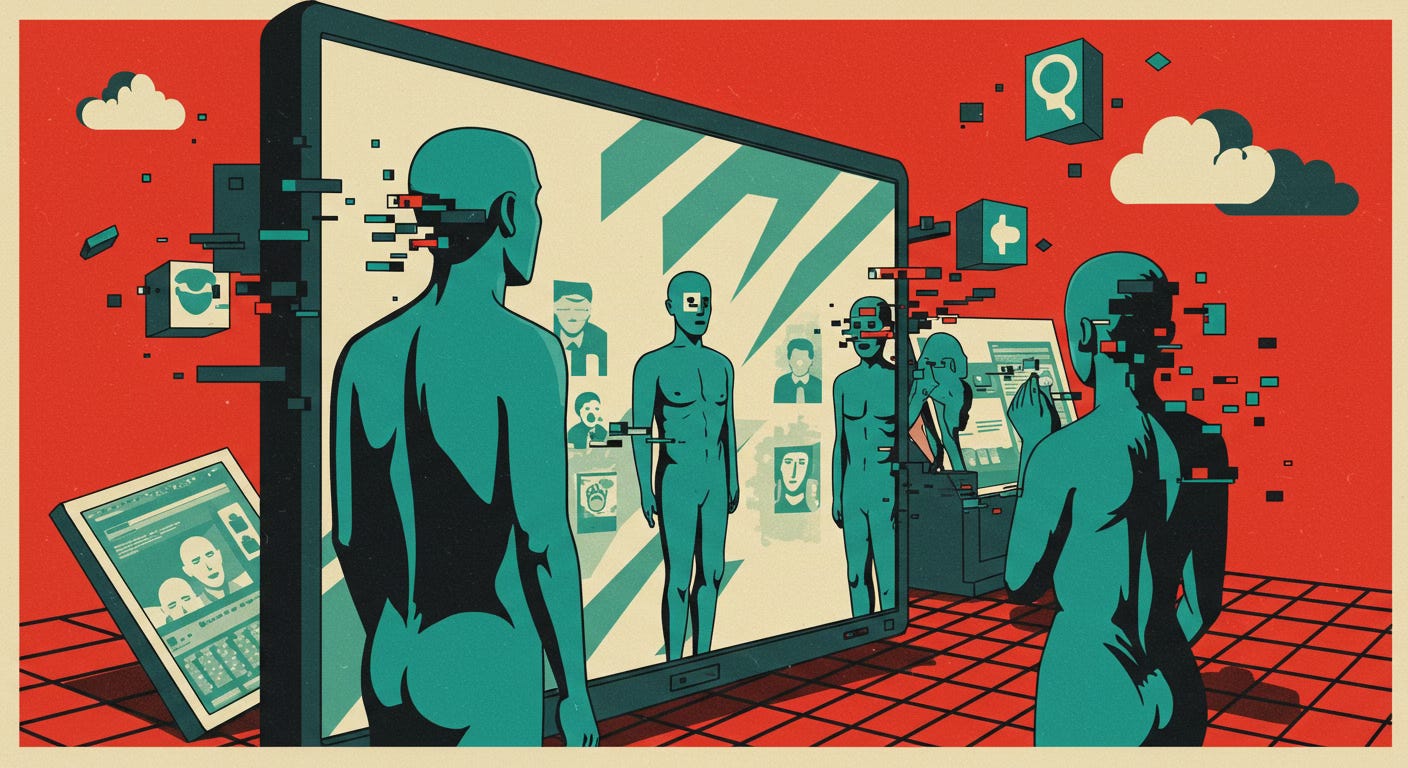In an era increasingly defined by virtual experiences, where pixels replace presence and data substitutes for depth, the human body stands as the last material relic in a rapidly immaterial world. This is not merely a technological transformation but a profound ontological shift. French philosopher Jean Baudrillard foresaw this evolution in his seminal work Simulacra and Simulation, warning that society would gradually slide from representations of reality into a state where the representation becomes more real than the real itself. As he wrote: “We live in a world where there is more and more information, and less and less meaning.” The body, therefore, becomes the final anchor to what remains of lived, felt, embodied existence in a reality that increasingly resembles illusion.
This shift is pervasive and multi-layered. Education, once a dialogic process grounded in classrooms and corporeal presence, now unfolds through glowing screens. Students attend lectures through platforms like Zoom, detached from the gaze of peers, the cadence of real-time human interaction, and the ambient hum of a learning space. The virtual classroom simulates pedagogy but strips it of texture—the unrepeatable spontaneity of a raised hand, a teacher’s expressive pause, the shared silence of understanding. The presence of the body is thus replaced by disembodied engagement—real learning displaced by its virtual twin.
Work life mirrors this transformation. Office spaces, once theatres of social rituals—greetings at the coffee machine, impromptu collaborations, subtle cues exchanged in meetings—have ceded ground to the austere matrix of Teams, Slack, and virtual desktops. In the remote workspace, the body disappears from view, and so too does the full richness of human interaction. We “see” our colleagues through digital avatars, hear voices processed through algorithms, and build trust through emojis and shared documents. Baudrillard might call this hyperreality—a state where the simulation not only imitates but overrides the original experience.
Even love, seduction, and intimacy are drawn into this digital maelstrom. Once an embodied ritual of proximity, eye contact, and subtle flirtations, seduction has become a game of swipes, likes, and ghosting. Dating apps and social media curate a marketplace of attraction devoid of smell, texture, or tone. The promise of romantic connection is now mediated by digital filters, both literally and metaphorically. As Byung-Chul Han warns in The Agony of Eros, “Desire requires the distance of the other. But the digital erases all distance.” In this way, the body—once the very site of desire—is increasingly treated as obsolete.
Friendship, too, undergoes this dematerialisation. Online friends—often strangers linked by algorithms rather than shared experience—populate our digital lives. Social connection has become less about presence and more about interaction metrics: followers, likes, story views. Real friendships, born of shared time and vulnerability, give way to curated performances. The philosopher Sherry Turkle observed this phenomenon, noting in Alone Together that “We expect more from technology and less from each other.” The virtual world allows us to appear connected while remaining profoundly isolated.
The body, ironically, resurfaces most often as spectacle. In a world obsessed with documentation, we increasingly live through our cameras rather than our senses. Vacations, meals, celebrations—these are not moments to be lived fully but content to be captured and shared. We perform for the algorithm, not for one another. The moment becomes secondary to its representation. Baudrillard’s concept of the simulacrum—a copy without an original—finds poignant expression here. The Instagrammed sunset is not the sunset; it is a symbol of lifestyle, a currency of identity.
This ontological tension produces an existential fork. On one path lies full immersion in virtuality, a seduction toward frictionless convenience and boundless accessibility—albeit at the cost of disembodiment, alienation, and loss of sensuality. On the other path lies a return to authenticity, to a slower and more tactile way of being, often mocked as regressive or Luddite. To choose the real is now to resist. It is to deliberately walk into discomfort and delay. But as philosopher Albert Borgmann argues, “Technology, for all its advantages, displaces focal practices that give depth and significance to our lives.”
The body’s continued resistance to digitisation is not incidental; it is essential. We still age, sweat, tremble, and hunger. No virtual meeting replaces the warmth of a handshake or the electricity of eye contact. In an increasingly simulated existence, the body reminds us we are still animals—finite, flawed, and wonderfully physical. It grounds us in time, in memory, and in mortality. It carries scars that no filter can erase, and it insists on a presence that no cloud server can store.
To defend the body today is a revolutionary act. It is to reclaim our sensual intelligence, our memory embedded in muscle and gesture. It is to acknowledge that while we can project ourselves virtually, we can only experience the world bodily. The body is not an outdated mode of interaction but the site of the most vivid forms of knowing—through touch, scent, taste, fatigue, and sensation. Virtuality may simulate experience, but only the body confirms it as real.
Baudrillard once mused that, “The real is not only what can be reproduced, but that which is always already reproduced.”Yet we must ask: if everything is a reproduction, what is left of the original? The answer, perhaps, is us—our un-uploadable selves. In the face of this vanishing real, the human body remains the final frontier of authenticity. It is both resistance and refuge. In honouring it, we honour our one remaining truth in a world of infinite simulations.

